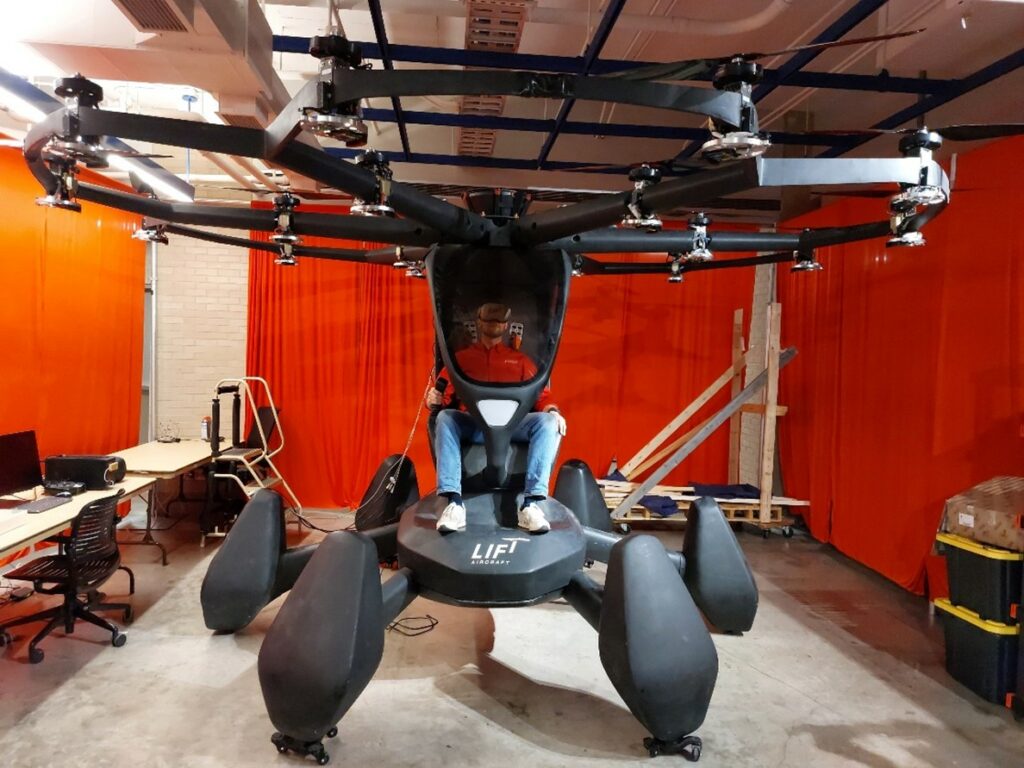RELATED CAPABILITIES:
Evaluate the Applicability of Crashworthiness Standards for Urban Air Mobility (A78_A11L.UAS.102)
Advanced Air Mobility (AAM) is a growing sector that will rely on complex vehicles that can incorporate helicopter and fixed-wing aircraft characteristics. Urban Air Mobility (UAM) is a subset of the AAM operational concept; AAM is a National Aeronautics and Space Administration (NASA), FAA, and industry initiative to develop an air transportation system that moves people and cargo between local, regional, intraregional, and urban places previously not served or underserved by aviation using revolutionary new aircraft. While AAM supports a wide range of passenger, cargo, and other operations within and between urban and rural environments, UAM focuses on the transition from the traditional management of air traffic operations to the future passenger or cargo-carrying air transportation services within an urban environment. The envisioned future state for UAM operations includes increasing levels of autonomy and operational tempo across a range of environments, including major metropolitan areas and the surrounding suburbs. Essentially, UAM enables highly automated, cooperative, passenger, or cargo-carrying air transportation services in and around urban areas. UAM vehicles are expected to fly in unique ways (e.g., both horizontally and vertically throughout different stages of flight) within populated and obstacle-dense environments, using new traffic management tools and services (e.g., ‘PSU’).
The FAA amended 14 CFR Part 23 in 2016 to move from prescriptive design requirements to performance-based airworthiness standards in response to the Small Airplane Revitalization Act of 2013. These performance-based airworthiness standards have recently been included as part of the certification basis of the Joby Aero, Inc. Model JAS4-1 Powered-Lift vehicle. Unlike other airworthiness requirements, the new performance-based requirements do not have established acceptable means of compliance. Additionally, these new performance-based requirements are scalable and can be applicable to AAM aircraft of varying sizes and operations. This research project will focus on understanding how to show compliance with performance-based crashworthiness requirements for aircraft of varying sizes and operations within the AAM concept.
POC:
Gerardo Olivares, Ph.D.
Director, Advanced Virtual Engineering and Testing Laboratories
National Institute for Aviation Research
Wichita State University
Email: Gerardo.Olivares@wichita.edu
Phone: 316.680.1817





